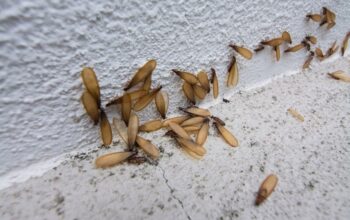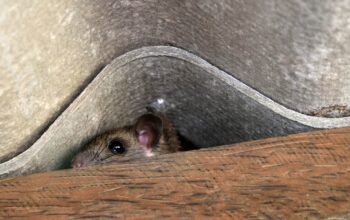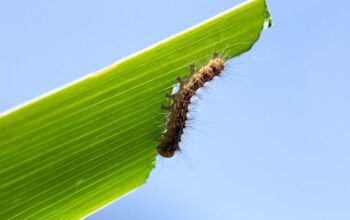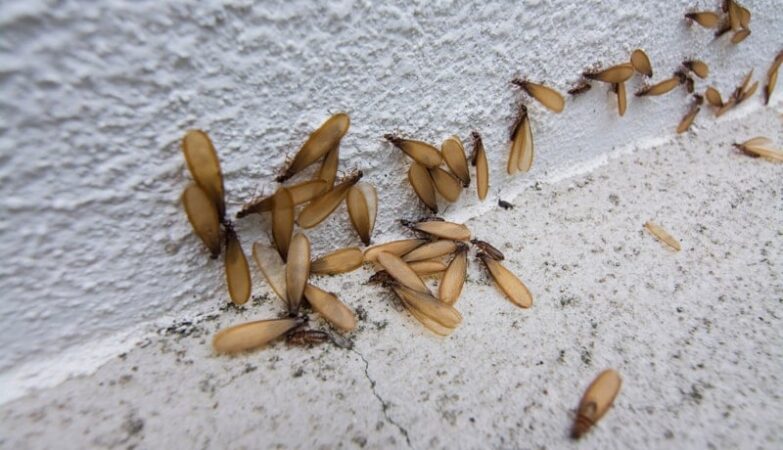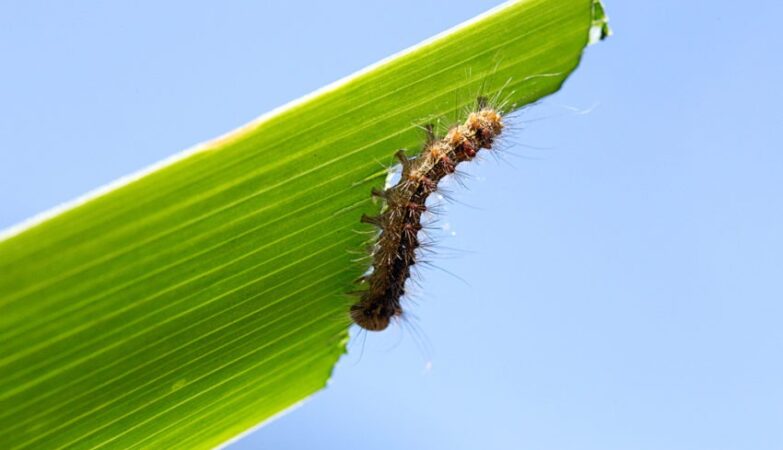Many homes in Glen Ellyn feature wood-framed structures. This makes it a possible target for termites. These pests can cause costly damage to property before their presence can be detected. This has to do with how they operate. Here’s why it can take years for homeowners to detect a termite infestation in their homes:
Termites Work in Hidden Spaces
Termite infestations can slip under the radar because they prefer to work in hidden areas. Subterranean termites live underground and travel through mud tubes. These tubes protect them from light and predators. Drywood termites burrow deep inside wooden beams and furniture. That is why Pointe Pest Control professionals address a termite infestation by locating the hidden spots first. This allows them to understand the severity of the problem and the kind of species to deal with.
Damage Develops Slowly
Termite destruction builds up over time. Termites consume cellulose, which is the organic material found in wood, paper, and cardboard. They chew layer after layer without creating much surface disturbance. The infestation may have been active for years if you notice signs such as hollow wood or blistered paint.
Early Signs Are Not Obvious
A few discarded wings near a window or a faint clicking sound in a wall can easily be overlooked. Small mud tubes along a foundation may go unnoticed, especially in basements or crawl spaces. These early clues may not seem alarming, so infestations progress undisturbed.
Termites Avoid Open Air
Termites are highly vulnerable to light and dry conditions, so they avoid exposure. Their survival depends on moisture and darkness. This instinct keeps them inside wood, soil, and hidden galleries. Thus, an infestation can continue to go unchecked.
Structural Wood Masks the Damage
Wood damaged by termites often looks intact on the surface. The insects consume the interior, leaving only a thin outer shell. A beam, floorboard, or doorframe may seem solid to the untrained eye, even though it is hollow inside. Homeowners might only discover the issue when the wood crumbles under pressure or when repairs expose the hidden galleries.
Seasonal Swarms Are Brief
Winged termites emerge to establish new colonies. These swarms usually happen in spring and last only a short time. The presence of termites may go unrecognized for another year if homeowners miss this window or mistake the insects for flying ants.
Colonies Grow Slowly but Steadily
A new colony of termites may start small, with just a few hundred members. It gradually grows to hundreds of thousands over several years. This slow buildup means the damage often coincides with the colony’s growth.
Glen Ellyn Homes Have the Ideal Conditions
Many homes in Glen Ellyn have basements, crawl spaces, and wooden framing that appeal to termites. Termites thrive in moist soil, mulch near foundations, and older wood structures.
Termites Mimic Other Issues
Some of the warning signs of termites resemble problems that homeowners might attribute to other causes. Sagging floors may be blamed on age or settling. Discolored drywall could be mistaken for water damage. Small holes in wood might seem like wear and tear. These misinterpretations delay proper diagnosis and treatment.
Professional Detection Is Often Needed
Many infestations are discovered only during a professional inspection. Experts know where to look and can identify signs most people miss. Homeowners may not be able to detect termites when structural damage has become serious.
Termites Spread Through Hidden Pathways
Subterranean termites connect their nests to homes through underground tunnels and mud tubes. These pathways often run beneath lawns, patios, or foundations, making them invisible from the surface. Unless someone inspects closely, these entry routes remain undetected, allowing termites to enter year after year.
Infestations Persist Without Disturbance
Termites remain inside their hidden tunnels. They continue their work in silence as long as they have food and moisture. Their presence blends into the normal environment of a home because they don’t draw attention to themselves.


